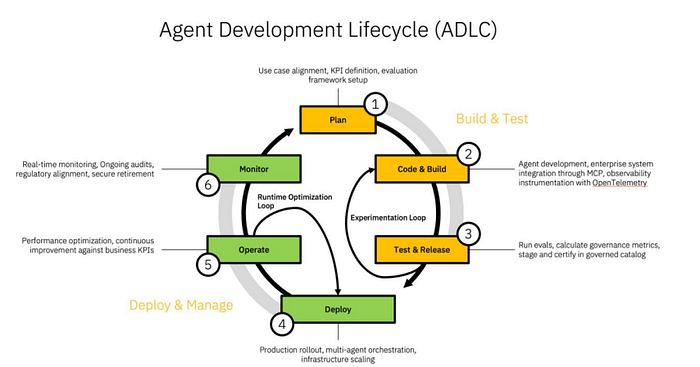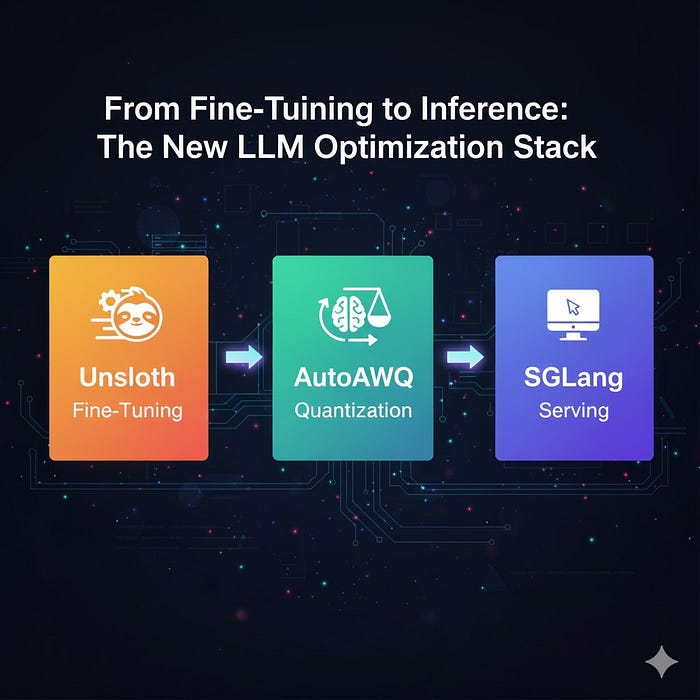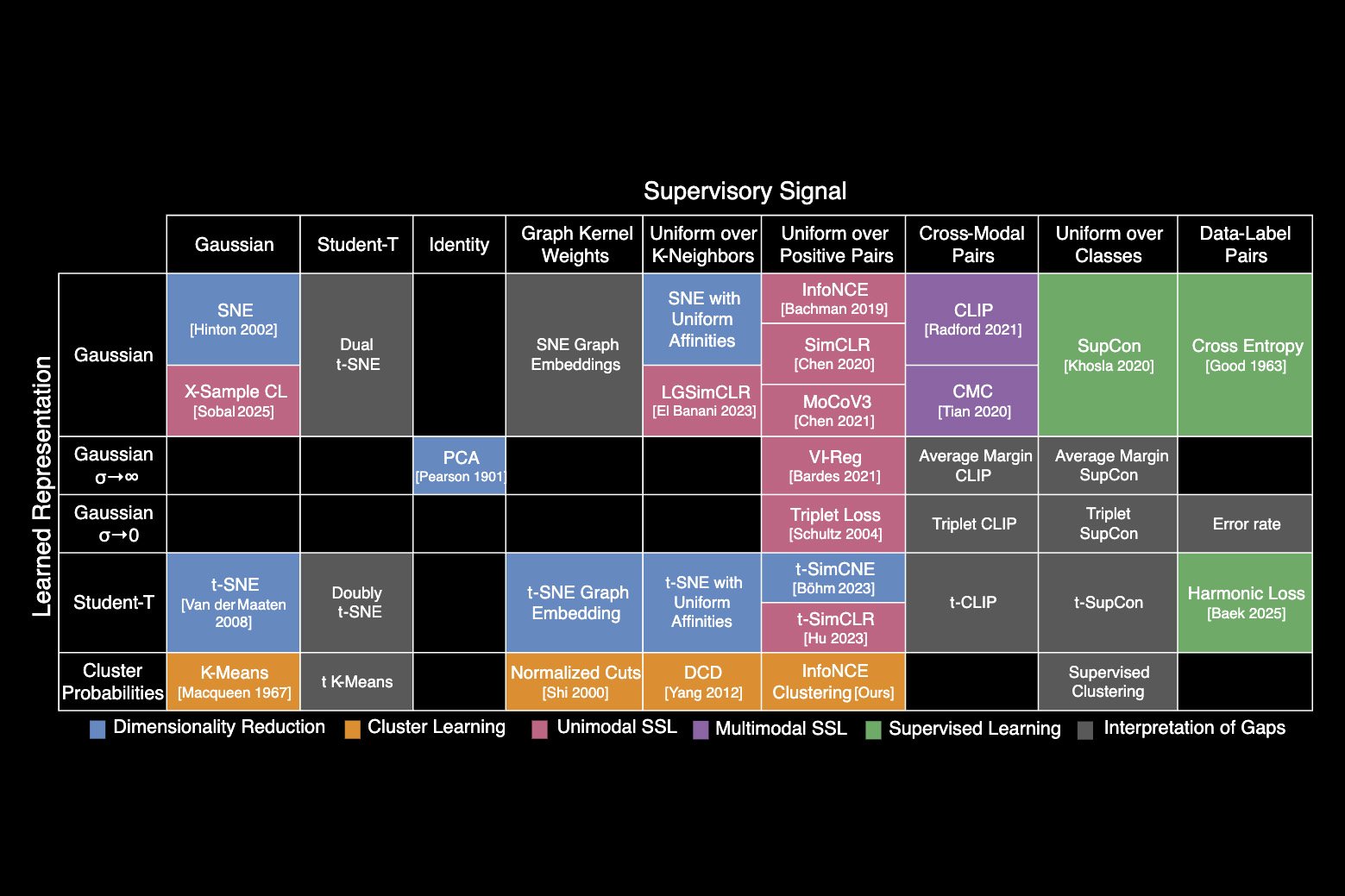Introduction to AI Agents
Classical software development is deterministic, meaning that the same input will always produce the same output. However, AI agents do not work in the same way. They use probabilistic reasoning, which means that the same input can produce different outputs. This makes it difficult to use traditional software development methods for AI agents.
Why SDLC Doesn’t Work for AI Agents
The Software Development Lifecycle (SDLC) is a linear process that includes planning, building, testing, and deploying software. However, this process is not suitable for AI agents because it assumes static behavior and fixed logic. AI agents, on the other hand, are dynamic and adaptive, and their behavior can change over time.
Deterministic vs. Probabilistic Behavior
SDLC assumes that identical inputs will yield identical outputs, which is not the case with AI agents. AI agents can produce different outputs for the same input, making it difficult to test and validate their behavior.
Static Logic vs. Adaptive Systems
Traditional software remains static until it is updated, whereas AI agents can adapt dynamically through reinforcement learning, retraining, and continuous feedback. This means that AI agents require a different approach to development and deployment.
Implementation-Centric vs. Evaluation-First
SDLC focuses on implementing software correctly, whereas AI agents require an evaluation-first approach. This means that the focus is on achieving specific behavioral outcomes, rather than just implementing the software correctly.
Closed Testing vs. Continuous Certification
SDLC treats testing as a phase, whereas AI agents require continuous certification. This means that AI agents must be constantly tested and evaluated to ensure that they are behaving as expected.
Security by Code vs. Security by Behavior
SDLC focuses on securing the code, whereas AI agents require a focus on securing their behavior. This means that AI agents must be designed to prevent vulnerabilities in their behavior, rather than just in their code.
Linear Model vs. Continuous Loops
SDLC is a linear process, whereas AI agents require a continuous loop of development, testing, and deployment. This means that AI agents must be constantly updated and refined to ensure that they are behaving as expected.
Limited Governance vs. Total Accountability
SDLC has limited governance, whereas AI agents require total accountability. This means that AI agents must be designed to provide transparent and explainable decisions, and their behavior must be constantly monitored and evaluated.
The Agent Development Lifecycle (ADLC)
The ADLC is a new approach to developing AI agents that takes into account their dynamic and adaptive nature. The ADLC includes six phases: plan, code and build, test, optimize, and release, deploy, operate, and monitor and runtime optimization loop.
Phase 1: Plan
The plan phase involves defining the use cases, measurable KPIs, and acceptable risk boundaries for the AI agent. It also involves establishing behavioral specifications and generating or synthesizing datasets for testing.
Phase 2: Code & Build
The code and build phase involves developing the prompt logic, memory mechanisms, and orchestration frameworks for the AI agent. It also involves integrating with enterprise APIs and MCP tools.
Phase 3: Test, Optimize, Release
The test, optimize, and release phase involves validating the behavior of the AI agent, as well as optimizing and refining its performance. This phase also involves certifying the AI agent into governed catalogs with metadata.
Phase 4: Deploy
The deploy phase involves deploying the AI agent into hybrid or multi-cloud environments under strict security and compliance controls. It also involves integrating MCP Gateways for policy enforcement and observability.
Phase 5: Operate
The operate phase involves running the AI agent as a governed digital asset. It also involves maintaining catalogs of all active agents with their tools, permissions, and audit trails.
Phase 6: Monitor & Runtime Optimization Loop
The monitor and runtime optimization loop phase involves establishing real-time observability pipelines to capture telemetry across accuracy, cost, latency, and drift metrics. It also involves detecting anomalies and feeding insights back into the optimization loop to refine prompts, retrain models, and rebalance resource allocation dynamically.
Comparative Structure: SDLC vs. ADLC
The SDLC and ADLC have different structures and approaches to developing software and AI agents. The SDLC is a linear process that focuses on implementing software correctly, whereas the ADLC is a continuous loop that focuses on evaluating and refining the behavior of AI agents.
Structural Outcome
The SDLC builds applications that execute, whereas the ADLC builds agents that reason. The SDLC delivers stability, whereas the ADLC delivers alignment. The two share DevSecOps roots, but the ADLC introduces a new operational logic that is observable, reversible, and empirically measured.
The New Discipline
The ADLC is a new discipline that acknowledges the probabilistic nature of intelligence and embeds evaluation into every stage. It extends DevSecOps into domains of reasoning and autonomy, and it provides a framework for developing and deploying AI agents that are governed, evolving, and aligned with business intent.
Conclusion
The ADLC is a new approach to developing AI agents that takes into account their dynamic and adaptive nature. It provides a framework for evaluating and refining the behavior of AI agents, and it ensures that they are governed, secure, and aligned with business intent. The ADLC is a necessary discipline for organizations that want to develop and deploy AI agents that are reliable, trustworthy, and effective.
FAQs
Q: What is the main difference between SDLC and ADLC?
A: The main difference between SDLC and ADLC is that SDLC is a linear process that focuses on implementing software correctly, whereas ADLC is a continuous loop that focuses on evaluating and refining the behavior of AI agents.
Q: Why is SDLC not suitable for AI agents?
A: SDLC is not suitable for AI agents because it assumes static behavior and fixed logic, whereas AI agents are dynamic and adaptive.
Q: What are the phases of the ADLC?
A: The phases of the ADLC are plan, code and build, test, optimize, and release, deploy, operate, and monitor and runtime optimization loop.
Q: What is the purpose of the monitor and runtime optimization loop phase?
A: The purpose of the monitor and runtime optimization loop phase is to establish real-time observability pipelines to capture telemetry across accuracy, cost, latency, and drift metrics, and to detect anomalies and feed insights back into the optimization loop to refine prompts, retrain models, and rebalance resource allocation dynamically.
Q: What is the benefit of using the ADLC?
A: The benefit of using the ADLC is that it provides a framework for developing and deploying AI agents that are governed, evolving, and aligned with business intent, and it ensures that they are reliable, trustworthy, and effective.











